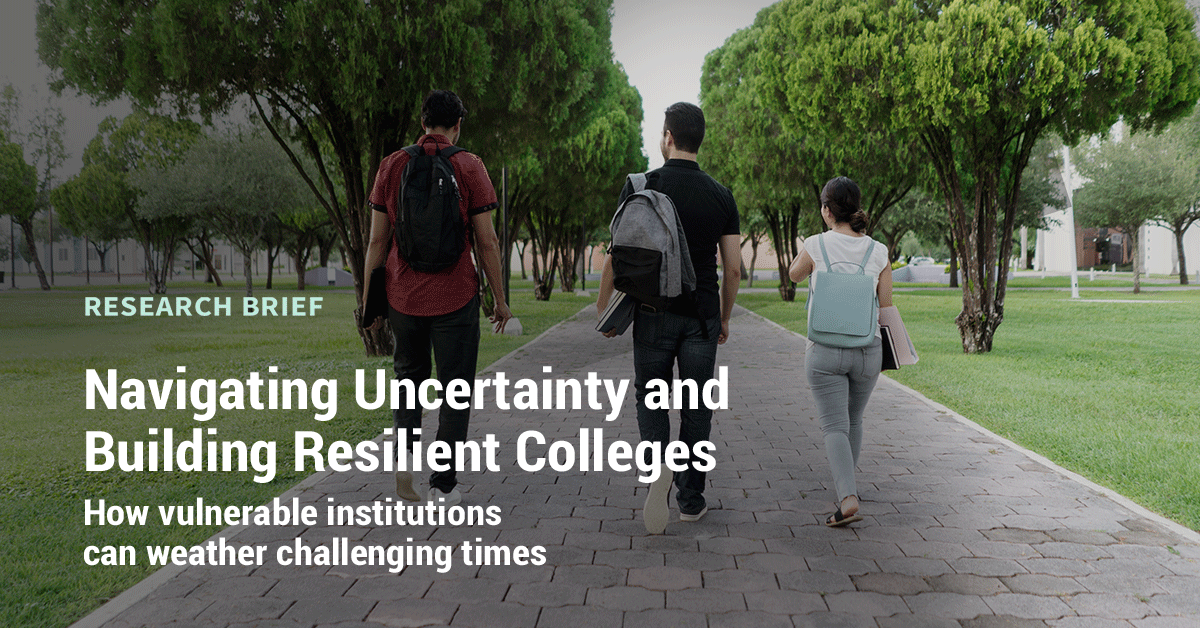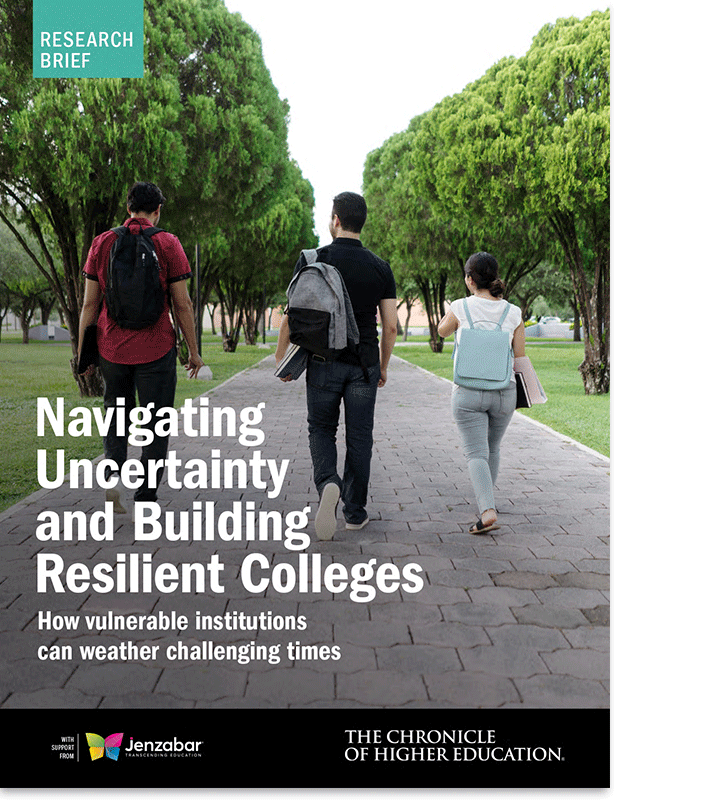

.

Higher education has long been considered slow to transform, but the past two years paint a different story. How can colleges continue to make progress?
For several months, AGB has been examining strategic transformation and the new realities of higher education and in a recent virtual forum, AGB’s Dr. Paul Friga and Scott Carlson, a senior editor for The Chronicle followed up on the ongoing discussion, with clips from six past events, in which they discussed ways colleges can advance their efforts to increase enrollment, improve governance structures, enhance multi-year financial forecasting, and improve relations with state governments.
Our latest Key Takeaways contains insights from eight higher ed leaders:
- Higher ed institutions can’t rest on their laurels, and must act with a sense of urgency, following a more corporate model with more tactical strategic planning.
- Colleges must understand their markets, set priorities, and focus on creating and differentiating products that directly meet their needs.
- There has long been inertia in higher ed, but uncomfortable change is now becoming the norm. Colleges can embrace change, with one foot in the future and other planted in the university’s past.
- Colleges must have an understanding of their cost structures and encourage a well-rounded conversation about the institution's finances across campus.
By submitting this form, I agree to share my information with The Chronicle and Jenzabar for marketing purposes.
.
Despite the headwinds facing small and mid-sized institutions—including the Covid-19 pandemic and major demographic shifts—many colleges have found pathways to growth. They are successfully launching new programs and rethinking their value propositions from the ground up. In some cases, they are even seeing record enrollment numbers for the fall of 2022. What exactly separates these success stories from the rest of the pack? How are they filling seats and securing new revenue streams?
The Chronicle of Higher Education conducted a survey of 402 administrators at small and mid-sized four-year colleges to understand how they are navigating the financial and enrollment challenges at hand. The resulting Research Brief includes survey insights and personal reflections from current and past leaders at schools across the nation, including Lewis & Clark College, the University of New England, and the University of Maryland Eastern Shore.
Download the full report to find new ways to build resilience at your own institution, including:
- The role of healthy optimism. “You have to be very careful not to drink your own Kool-Aid,” said one university president.
- Relying on collaboration amidst uncertainty. 72% of respondents said their institution became more collaborative during the pandemic.
- Tapping into new markets. The most successful schools are paying attention to their communities in order to become “relentlessly relevant.”
A previous version of this report incorrectly spelled 'Midland University' as 'Midlands University.' It has now been corrected.
.
.

